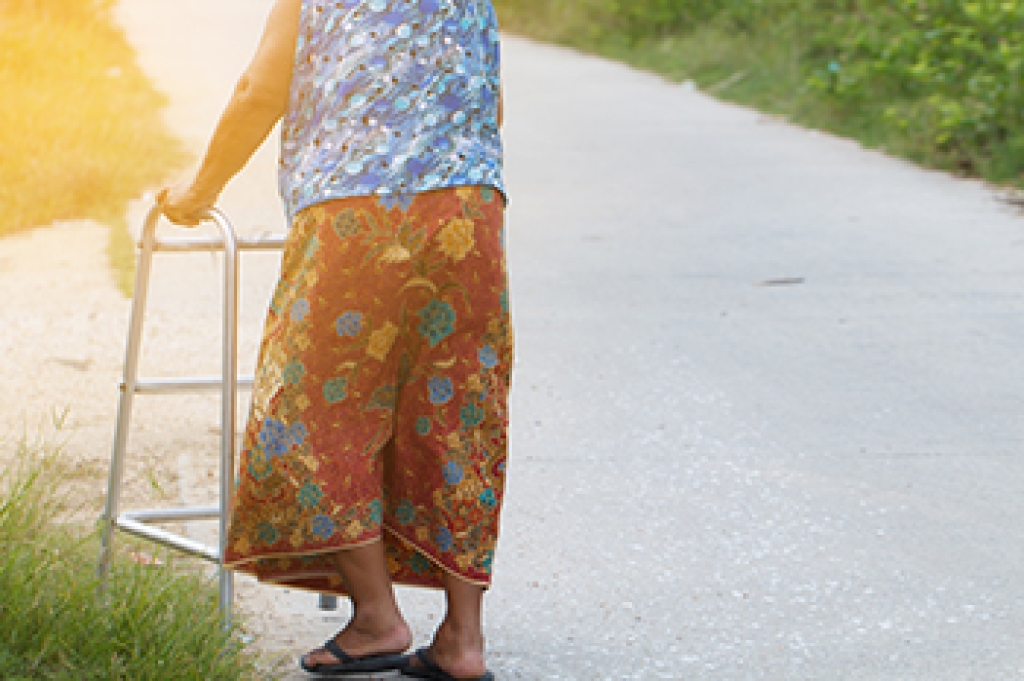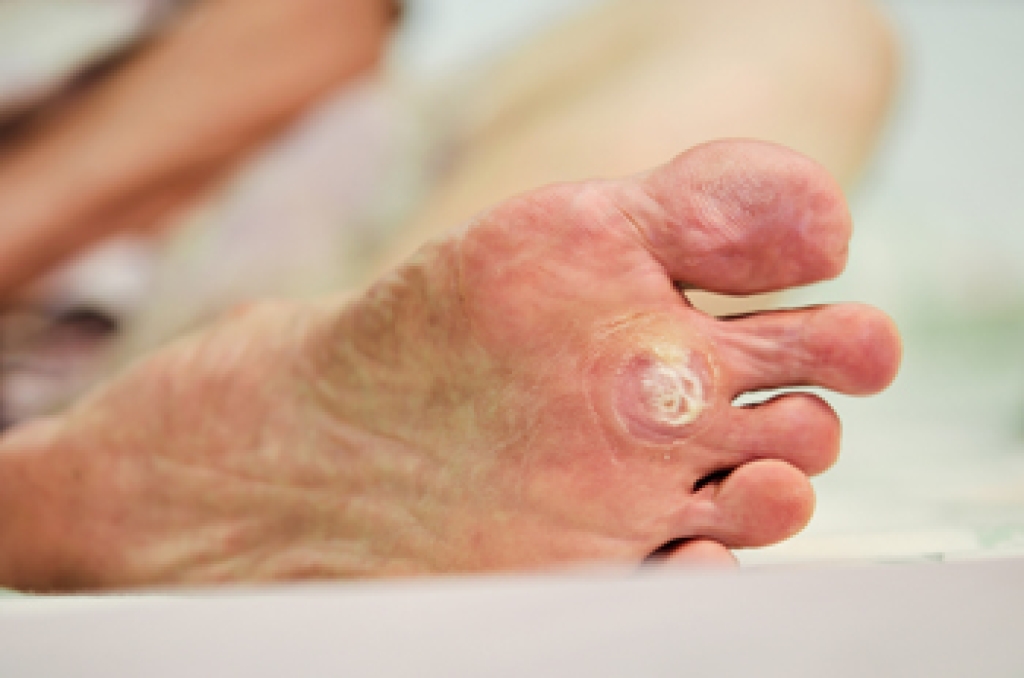 Falling is known to be a common cause of injury in elderly people. This may be a result of weakened bones as the aging process evolves and can cause discomfort and stress. Many patients have developed a habit of walking daily, and bones may be strengthened by performing leg exercises. Additionally, it can help to get regular physical and eye examinations, and this can aid in preventing falling. There are preventative methods that can be implemented in the household that can lessen the number of falls. These include removing worn rugs, improving lighting, and using a shower mat in the bathroom. It is suggested that shoes with non-slip soles are worn, in addition to using a cane or walker, if needed. The feet may be affected by falling, and a fractured foot is not uncommon. If you would like to learn about how to prevent falling, please speak with a podiatrist who can answer any questions you may have.
Falling is known to be a common cause of injury in elderly people. This may be a result of weakened bones as the aging process evolves and can cause discomfort and stress. Many patients have developed a habit of walking daily, and bones may be strengthened by performing leg exercises. Additionally, it can help to get regular physical and eye examinations, and this can aid in preventing falling. There are preventative methods that can be implemented in the household that can lessen the number of falls. These include removing worn rugs, improving lighting, and using a shower mat in the bathroom. It is suggested that shoes with non-slip soles are worn, in addition to using a cane or walker, if needed. The feet may be affected by falling, and a fractured foot is not uncommon. If you would like to learn about how to prevent falling, please speak with a podiatrist who can answer any questions you may have.
Preventing falls among the elderly is very important. If you are older and have fallen or fear that you are prone to falling, consult with Dr. Castillo from Bronx Foot Care. Our doctor will assess your condition and provide you with quality advice and care.
Every 11 seconds, an elderly American is being treated in an emergency room for a fall related injury. Falls are the leading cause of head and hip injuries for those 65 and older. Due to decreases in strength, balance, senses, and lack of awareness, elderly persons are very susceptible to falling. Thankfully, there are a number of things older persons can do to prevent falls.
How to Prevent Falls
Some effective methods that older persons can do to prevent falls include:
- Enrolling in strength and balance exercise program to increase balance and strength
- Periodically having your sight and hearing checked
- Discuss any medications you have with a doctor to see if it increases the risk of falling
- Clearing the house of falling hazards and installing devices like grab bars and railings
- Utilizing a walker or cane
- Wearing shoes that provide good support and cushioning
- Talking to family members about falling and increasing awareness
Falling can be a traumatic and embarrassing experience for elderly persons; this can make them less willing to leave the house, and less willing to talk to someone about their fears of falling. Doing such things, however, will increase the likelihood of tripping or losing one’s balance. Knowing the causes of falling and how to prevent them is the best way to mitigate the risk of serious injury.
If you have any questions, please feel free to contact our offices located in Bronx, NY Yonkers, NY . We offer the newest diagnostic and treatment technologies for all your foot care needs.




